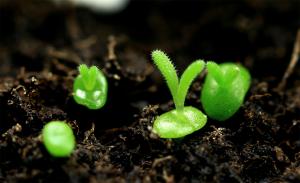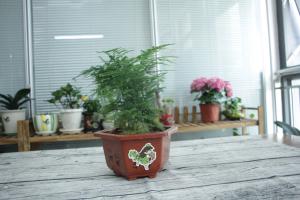Can I Plant Trees on My Easement?
An easement is a legal right that allows a person or entity to use a portion of someone else's property for a specific purpose. It could be for a variety of reasons such as electrical cables, water and sewer pipes, and gas lines. However, one of the most common easements is for utilities such as power, telephone, and cable. Easements help to ensure the proper functioning of public utilities and services.
Understanding Easements
Before planting trees or other vegetation on an easement, it's essential to understand the legal concept of easement. An easement holder has a legal right of access to the portion of your property that's covered by the easement. The utility company or other entities that hold the easement have the right to enter the property for maintenance, repairs, or upgrades. As a property owner, you are allowed to use the designated area for non-permanent and non-destructive landscaping activities. However, planting trees that can potentially obstruct utilities or restrict access to the easement area is not acceptable.
What Happens if I Plant Trees on an Easement?
If you plant trees on an easement area, the utility company or other entity that holds the easement may request that the trees be removed if they interfere with their access. Additionally, if the trees damage utility lines or pipes, the property owner may bear the cost of repair or replacement of the damaged infrastructure.
What are the Alternatives to Planting Trees on Easements?
While planting trees on an easement is not ideal, there are other ways to beautify the area. Property owners can opt for non-permanent and non-destructive landscaping options such as flower beds, shrubs, and ground covers. These alternatives can add beauty to the property without interfering with the easement holder's access to the designated area. Also, if a property owner wishes to plant trees on their property, they can consider planting them a safe distance away from the easement area to avoid potential conflicts.
Conclusion
In conclusion, a property owner should think twice before planting trees or other vegetation on an easement area. Easement holders have the right to access the portion of the property covered by the easement, and planting trees that can potentially hinder their operations is not acceptable. While there are alternative ways to beautify the property without violating the easement rights, a property owner should always consult with the easement holder and seek proper guidance before engaging in any planting activities.

 how many times do yo...
how many times do yo... how many planted tre...
how many planted tre... how many pine trees ...
how many pine trees ... how many pecan trees...
how many pecan trees... how many plants comp...
how many plants comp... how many plants can ...
how many plants can ... how many plants and ...
how many plants and ... how many pepper plan...
how many pepper plan...

































